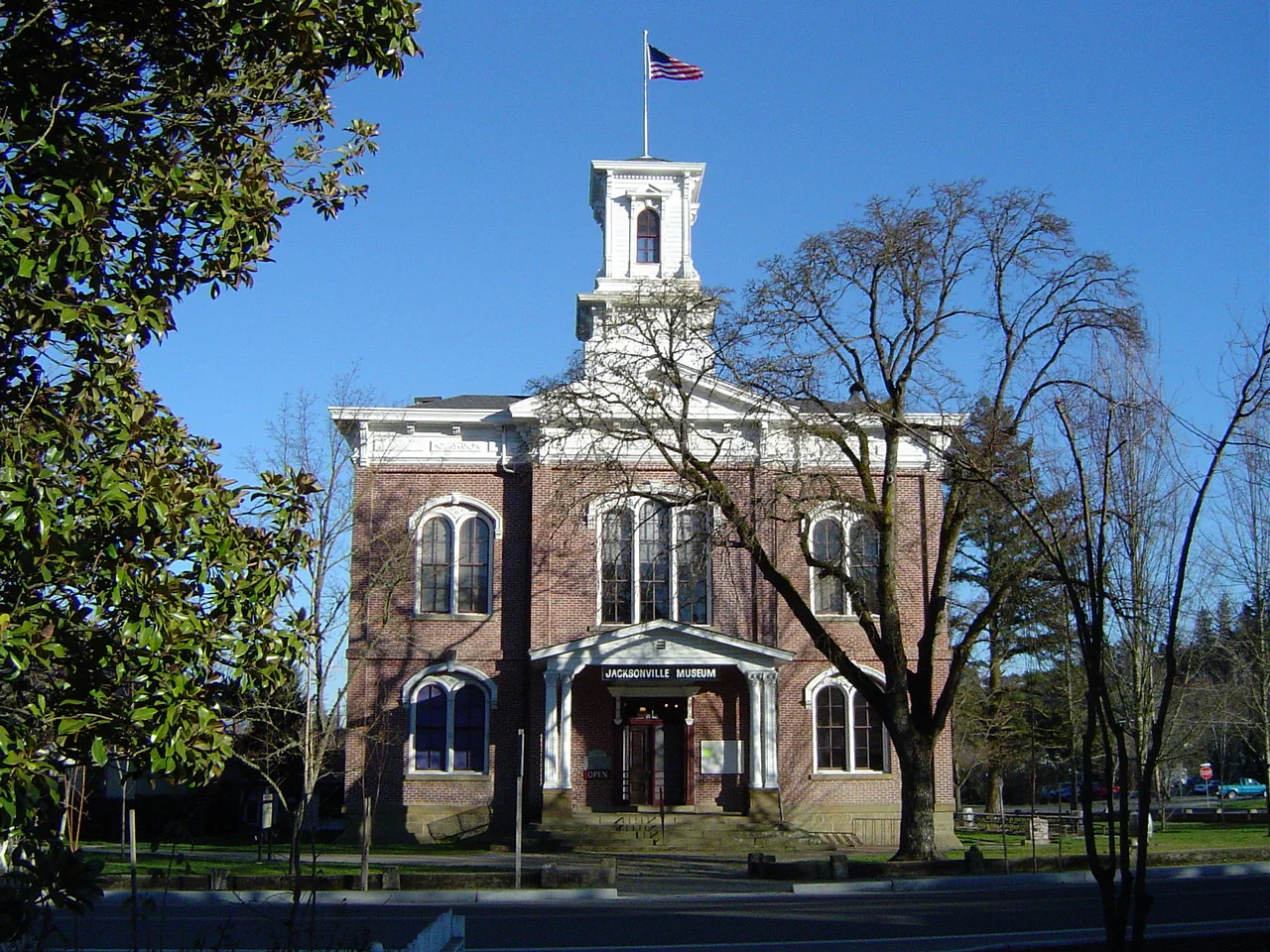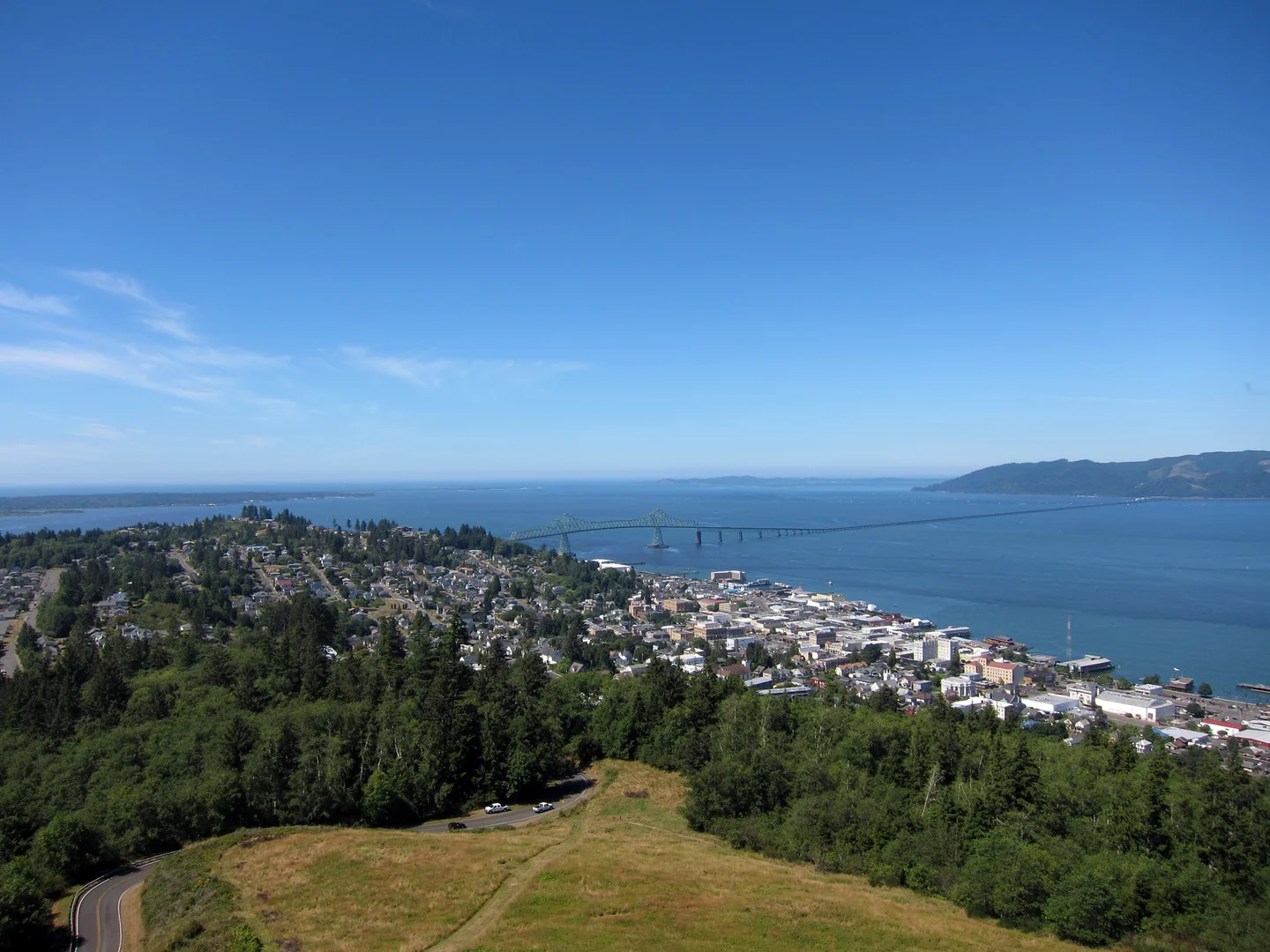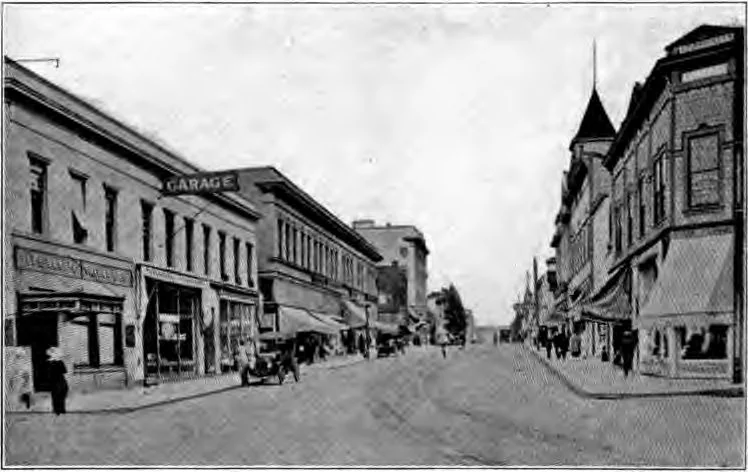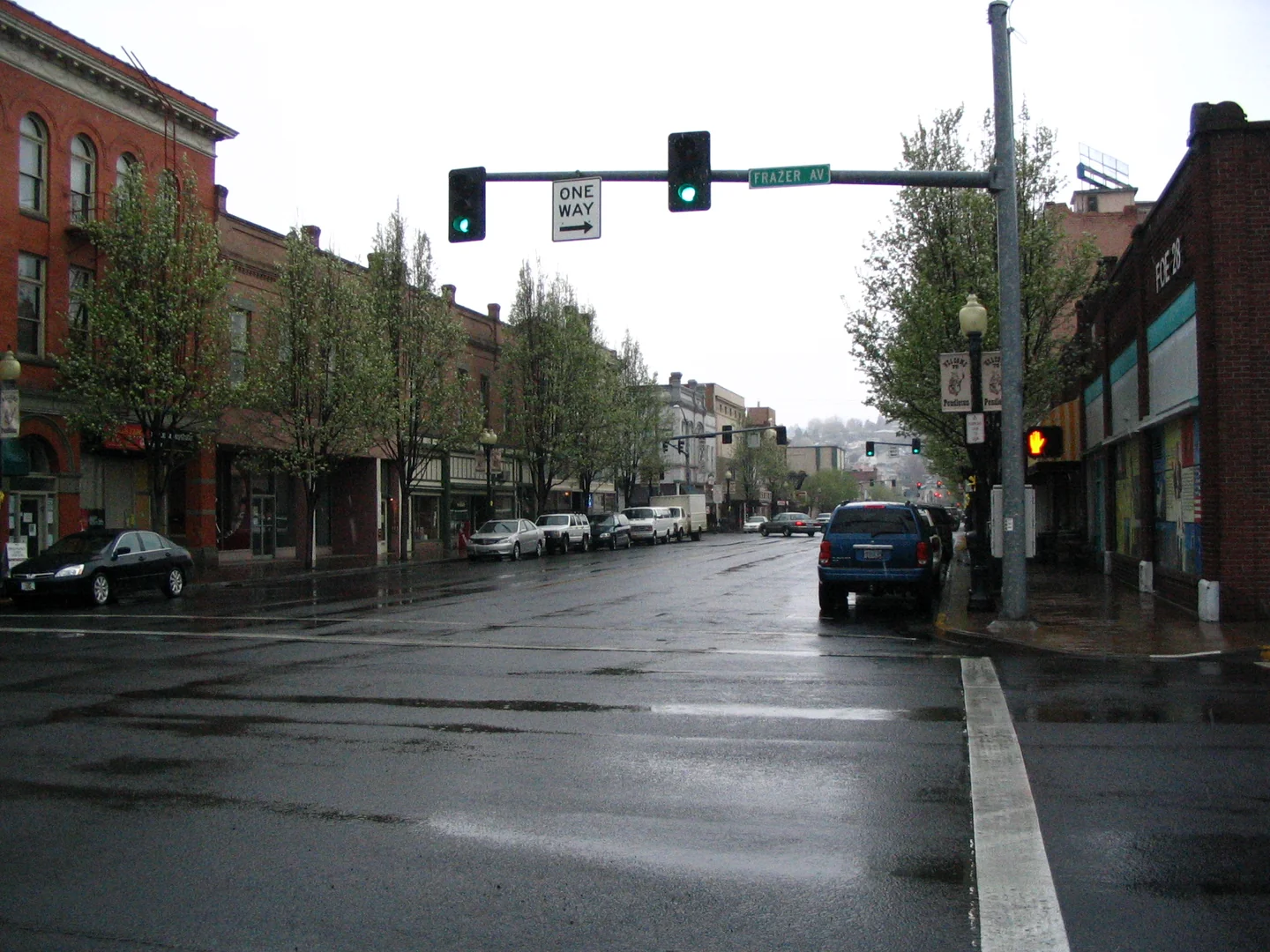Four Historic Towns in Oregon
Oregon's historic towns stand as living museums, where weathered brick buildings and restored storefronts tell stories of gold rushes, pioneer determination, an

Oregon's historic towns stand as living museums, where weathered brick buildings and restored storefronts tell stories of gold rushes, pioneer determination, and Wild West adventure. These communities have managed something remarkable in our rapidly changing world—they've preserved not just the physical structures of the past, but the spirit that built them. Walking through their streets feels like stepping back in time, yet each town thrives with modern amenities and contemporary culture that make them compelling destinations today.
From coastal settlements where maritime traders first established footholds to inland stops where weary Oregon Trail travelers finally reached their promised land, these four towns represent different chapters in the same epic story of westward expansion. Their preservation efforts go far beyond maintaining old buildings; they've created immersive experiences where visitors can genuinely connect with the courage, hardship, and hope that defined America's pioneer era.
Jacksonville
Jacksonville transforms visitors into time travelers the moment they arrive. This remarkably preserved gold rush town earned National Historic Landmark status in 1966, making it the first entire town in Oregon to receive this designation. The stunning vista of original 1800s buildings lining California Street creates an authentic backdrop that Hollywood set designers can only dream of replicating.
Gold discovery in nearby Rich Gulch in 1851 sparked Jacksonville's birth, and within months, the population exploded to over 10,000 fortune seekers. Unlike many boom-and-bust mining towns that vanished when the gold ran out, Jacksonville adapted and survived. The secret lay in its strategic location and the foresight of merchants who invested mining profits into substantial brick buildings that still anchor the downtown core today.
The Beekman Bank building, constructed in 1863, houses original furnishings, documents, and even gold scales used during the town's heyday. Walking through its doors feels like interrupting a business transaction from 150 years ago. The bank's vault still contains period artifacts, and guided tours reveal fascinating details about how frontier banking operated when trust was measured in gold dust rather than credit scores.
Jacksonville's preservation success stems from a near-disaster that became a blessing in disguise. When the railroad bypassed the town in favor of nearby Medford in the 1880s, Jacksonville's economy stagnated. While this spelled hardship for residents, it also meant that buildings weren't demolished for modern development. The town essentially went to sleep for decades, preserving an authentic snapshot of frontier life.
Today's Jacksonville balances historical authenticity with vibrant cultural life. The Britt Music Festival, held annually since 1963, transforms the hillside amphitheater into Oregon's premier outdoor concert venue. The festival's eclectic lineup attracts visitors from across the Pacific Northwest, creating an interesting dynamic where classical music and blues performances echo off the same hills where miners once searched for gold.
The Jacksonville Museum, housed in the former county courthouse, provides essential context for exploring the town. Period rooms showcase how different social classes lived during the gold rush era, while exhibits detail the complex relationships between miners, merchants, and the Native American tribes whose lands were forever changed by the discovery of gold.
Practical planning enhances any Jacksonville visit. The town offers several bed-and-breakfast options in restored historic buildings, allowing visitors to sleep where pioneers once did. Spring through fall provides the best weather for walking tours, though winter visits offer a quieter, more contemplative experience. The entire historic district covers just a few blocks, making it perfect for leisurely exploration without the fatigue that comes with larger tourist destinations.
Astoria
Perched dramatically where the Columbia River meets the Pacific Ocean, Astoria claims the distinction of being the oldest American settlement west of the Rockies. Founded in 1811 by John Jacob Astor's Pacific Fur Company, the town's maritime heritage runs deeper than the treacherous waters that surround it. The remarkable landscape of Victorian homes cascading down steep hillsides toward the working waterfront creates one of Oregon's most photogenic settings.
Astoria's strategic location made it a natural hub for westward expansion, but its character was forged by the sea. Salmon fishing, logging, and shipping created the wealth that built the magnificent Victorian mansions still crowning the town's hills. The Flavel House, completed in 1885 for Columbia River bar pilot George Flavel, exemplifies the prosperity that maritime commerce brought to Astoria. Its Queen Anne architecture and period furnishings demonstrate how frontier wealth translated into sophisticated living.
The Columbia River Maritime Museum provides the key to understanding Astoria's significance. Interactive exhibits detail the dangerous job of Columbia River bar pilots who guided ships across the notorious "Graveyard of the Pacific." Over 2,000 vessels have been lost in these waters, and the museum's collection of artifacts, ship models, and rescue equipment tells their stories with compelling detail. The museum's crown jewel, the lightship Columbia, served as a floating lighthouse for 30 years and now offers tours that reveal the isolation and danger faced by maritime workers.
Climbing the Astoria Column rewards visitors with panoramic views that encompass the town's entire story. The 125-foot tower, built in 1926, features a spiral frieze depicting key moments in Pacific Northwest history. From its summit, the stunning vista reveals the Columbia River's mouth, the Pacific Ocean's vastness, and the town's Victorian architecture spread across the hillsides below. The climb requires some stamina—164 steps in a narrow spiral staircase—but the perspective is unmatched anywhere in Oregon.
Astoria's preservation efforts focus on maintaining its working waterfront character while honoring its historic architecture. The town hasn't become a museum piece; commercial fishing boats still dock at the same piers where 19th-century sailing ships once loaded cargo. This authenticity creates a living history experience where visitors can watch modern fishermen working waters that have supported maritime commerce for over two centuries.
The Fort Stevens State Park, just outside town, preserves military history spanning from the Civil War through World War II. The fort's gun batteries once protected the Columbia River entrance, and visitors can explore underground bunkers and view the rusted remains of the Peter Iredale, a ship wrecked on the beach in 1906. These remnants provide tangible connections to Astoria's role in regional defense and the ongoing maritime dangers that shaped community life.
Downtown Astoria's revitalization balances historic preservation with contemporary culture. Restored buildings house art galleries, craft breweries, and restaurants that celebrate local ingredients, particularly the salmon and Dungeness crab that still drive the local economy. The Liberty Theater, built in 1925, continues presenting live performances, maintaining Astoria's role as a cultural center that it has held since territorial days.
Oregon City
Standing at the end of the Oregon Trail, Oregon City holds a unique place in American expansion history. This is where wagon trains completed their 2,000-mile journey from Missouri, where territorial government first took root, and where the Willamette Falls provided the waterpower that drove Oregon's early industrial development. The preserved historic downtown and interpretive sites allow visitors to experience the emotions pioneers must have felt upon reaching their promised land.
The Oregon City Main Street 1920 reveals how successfully the community has maintained its historic character while adapting to modern needs. The McLoughlin House, home to the "Father of Oregon" Dr. John McLoughlin, sits prominently overlooking the Willamette River. McLoughlin's story embodies Oregon City's complex founding, as he transitioned from Hudson's Bay Company factor to American citizen, helping establish the infrastructure that would support thousands of incoming pioneers.
Oregon Trail interpretive sites throughout the city provide context for understanding what arrival here meant to exhausted travelers. The End of the Oregon Trail Interpretive Center features replica wagons and multimedia presentations that detail the final weeks of the cross-country journey. Many families arrived with little more than determination and the clothes on their backs, making Oregon City's role as a launching point for new lives particularly significant.
The Willamette Falls, the second-largest waterfall by volume in the United States, powered Oregon City's emergence as an industrial center. Historic mills along the river processed timber and grain from throughout the Willamette Valley, creating wealth that funded the substantial homes and commercial buildings still lining the historic downtown. The falls continue generating hydroelectric power today, maintaining Oregon City's connection to the natural forces that shaped its development.
Oregon City served as the provisional territorial capital from 1843 to 1852, and several buildings from this period survive. The territorial courthouse and other government buildings demonstrate how quickly American political institutions took root in the Oregon Territory. These structures witnessed the debates and decisions that shaped Oregon's path to statehood, making them significant sites for understanding early American governance in the far west.
The city's preservation efforts extend beyond individual buildings to encompass entire neighborhoods. The McLoughlin Historic District contains dozens of homes spanning from territorial times through the early 20th century. Walking these residential streets provides insights into how different economic classes lived in a frontier community that was transitioning from fur trading post to American city.
Modern Oregon City balances its historic significance with contemporary suburban life. The city serves as a bedroom community for Portland while maintaining distinct character rooted in its pioneer heritage. Historic downtown shops and restaurants occupy buildings that once served Oregon Trail families, creating continuity between past and present that makes the pioneer experience feel immediate and relevant.
The Museum of the Oregon Territory houses artifacts and exhibits that detail daily life during the pioneer period. Period rooms show how families lived during Oregon City's territorial days, while exhibits on Native American life provide context for understanding the cultural changes that accompanied American settlement.
Pendleton
Pendleton embodies the Wild West spirit more authentically than perhaps any other Oregon community. This eastern Oregon town built its reputation on cattle ranching, wheat farming, and most famously, the Pendleton Round-Up rodeo that has tested cowboy skills since 1910. The downtown Pendleton Oregon shows how successfully the community has preserved its frontier character while building modern prosperity on agricultural and tourism foundations.
The Pendleton Round-Up represents one of America's most authentic rodeo experiences. Unlike manufactured tourist attractions, this September event grew organically from the working cowboy culture that built the region. Professional rodeo competitors still consider Pendleton among the most prestigious stops on the circuit, and the week-long celebration transforms the entire town into a living Western movie set.
Beneath Pendleton's streets lies a hidden chapter of frontier history. The Pendleton Underground Tours reveal a network of tunnels and basement spaces that once housed Chinese immigrants, illegal gambling operations, and bootlegging activities during Prohibition. These tours provide unvarnished glimpses into frontier life's grittier aspects, showing how ethnic minorities and illegal enterprises operated in a town that publicly maintained strict moral standards.
Pendleton's wool industry heritage continues through the famous Pendleton Woolen Mills, which has operated continuously since 1909. Factory tours demonstrate how the company transforms raw wool into the blankets and clothing that have clothed generations of cowboys, loggers, and outdoor enthusiasts. The mill's success reflects Pendleton's ability to build lasting businesses on the region's natural resources and authentic Western heritage.
The Tamástslikt Cultural Institute, operated by the Confederated Tribes of the Umatilla Indian Reservation, provides crucial context for understanding the complete story of the region's development. Located just outside Pendleton, the institute presents Native American perspectives on westward expansion and maintains traditional cultural practices that predate the town by thousands of years.
Pendleton's preservation success lies in maintaining working ranch and agricultural communities that give authenticity to its Western heritage. Unlike towns that only preserve facades, Pendleton remains connected to the land and livestock that created its character. Visitors can experience working ranches, attend authentic rodeo competitions, and meet families whose roots in the region span multiple generations.






